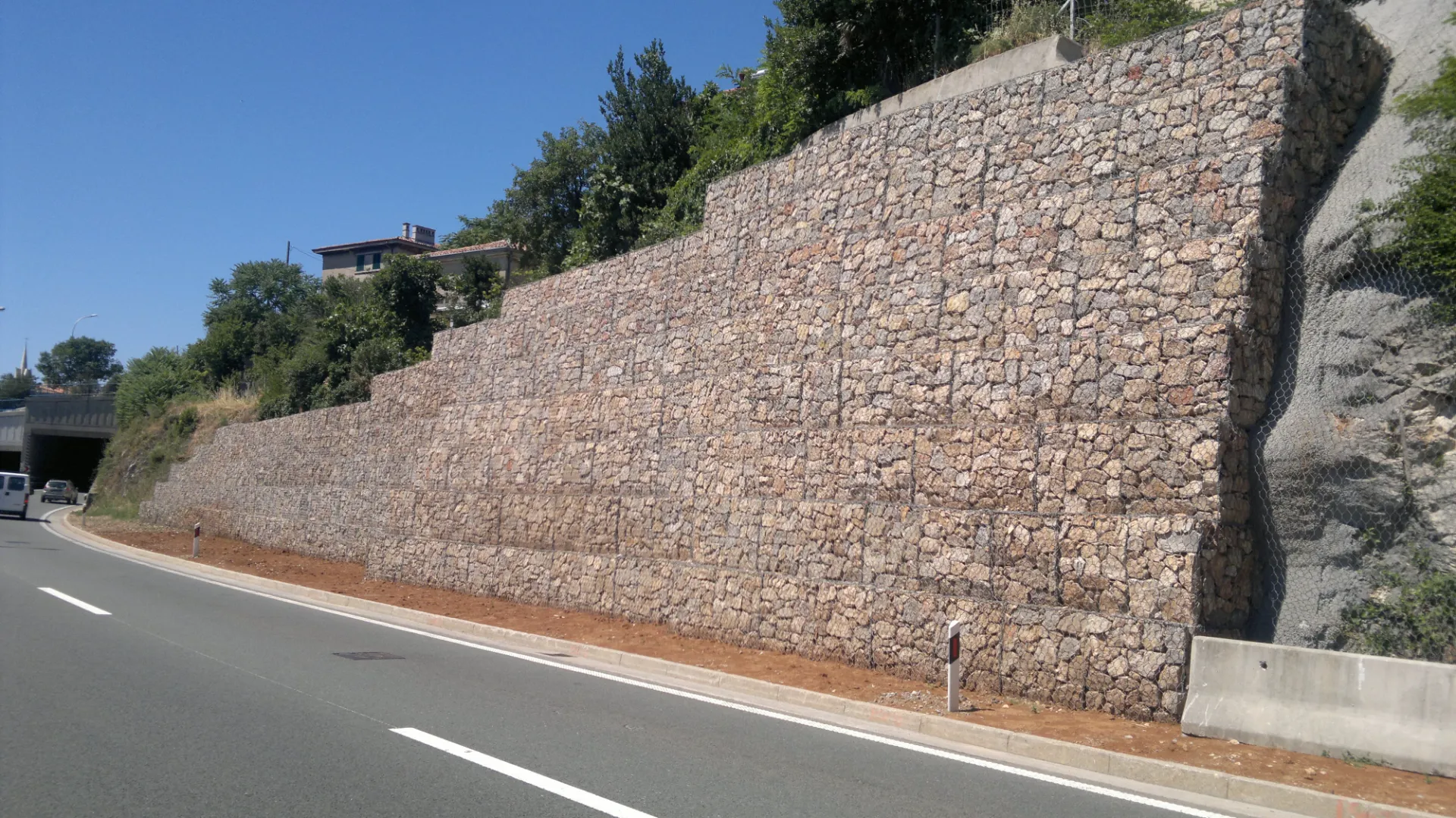hot galvanized common nails manufacturer
An Insight into Hot Galvanized Common Nails Manufacturing
In the world of construction and DIY projects, nails are essential components that hold various materials together. Among the myriad types of nails available, hot galvanized common nails stand out due to their durability and resistance to corrosion. Understanding the manufacturing process of these nails provides insight into their quality, performance, and application in various settings.
What are Hot Galvanized Common Nails?
Hot galvanized common nails are typically made from steel wire that is coated with a layer of zinc to protect them against rust and corrosion. The galvanization process involves immersing the nails in molten zinc, which forms a thick, protective layer on the surface. This coating not only enhances the nails' resistance to environmental factors but also provides an aesthetically pleasing finish.
The Manufacturing Process
The production of hot galvanized common nails involves several critical steps
1. Raw Material Preparation The first step in manufacturing these nails is the sourcing and preparation of high-quality steel wire. The wire is drawn to specific diameters using wire drawing machines, ensuring that the final product meets the necessary standards for strength and durability.
2. Nail Formation Once the wire is prepared, it is fed into a nail-making machine. This machine cuts the wire into predetermined lengths and shapes it into nails. The process involves hammering or striking the wire ends to create a pointed tip and a flat head. The precision in this step is crucial as it determines the nails' effectiveness in various applications.
hot galvanized common nails manufacturer

3. Cleaning and Surface Treatment After the nails are formed, they undergo a cleaning process to remove any oils, dirt, or contaminants from the surface. This is essential to ensure the zinc coating adheres properly during the galvanization process.
4. Hot-Dip Galvanization The cleaned nails are then immersed in a bath of molten zinc, usually heated to around 450 to 480 degrees Celsius. The heat causes the zinc to react with the iron in the steel, creating a metallurgical bond that enhances corrosion resistance. This process results in a thicker zinc coating compared to other methods, such as electro-galvanization, which is essential for outdoor and industrial applications.
5. Cooling and Quality Control Once the galvanization process is complete, the nails are cooled, usually through air cooling. At this stage, they are inspected for quality. Manufacturers often implement rigorous testing methods to ensure that the nails meet the required standards for tensile strength, coating thickness, and overall performance.
6. Packaging and Distribution After passing quality checks, the nails are sorted and packaged. Packaging is essential not just for protection during transport but also for providing information to consumers regarding the nail specifications, including size, quantity, and proper usage.
Applications of Hot Galvanized Common Nails
Hot galvanized common nails are widely used in construction, woodworking, and other industries due to their strength and durability. They are ideal for outdoor applications, such as decking, siding, and fencing, where exposure to moisture and harsh weather conditions can lead to rusting of standard nails. Additionally, their reliability makes them a preferred choice among builders and contractors for framing and structural work.
Conclusion
The manufacturing process of hot galvanized common nails is a complex yet fascinating blend of technology and craftsmanship. From the selection of raw materials to the final packaging, each step ensures that these nails meet high standards for quality and performance. As the demand for durable and corrosion-resistant fasteners continues to rise, understanding the intricacies of their manufacturing helps consumers make informed decisions about which products will best serve their needs in various applications. Hot galvanized common nails are undoubtedly essential tools in the construction industry, reflecting the importance of reliable fastening solutions in our built environment.
-
The Durability and Versatility of Steel Wire
NewsJun.26,2025
-
The Best Iron Nails for Your Construction Projects
NewsJun.26,2025
-
Strengthen Your Projects with Durable Metal Stakes
NewsJun.26,2025
-
Get the Job Done Right with Duplex Nails
NewsJun.26,2025
-
Explore the Versatility and Strength of Metal Mesh
NewsJun.26,2025
-
Enhance Your Security with Razor Wire
NewsJun.26,2025














